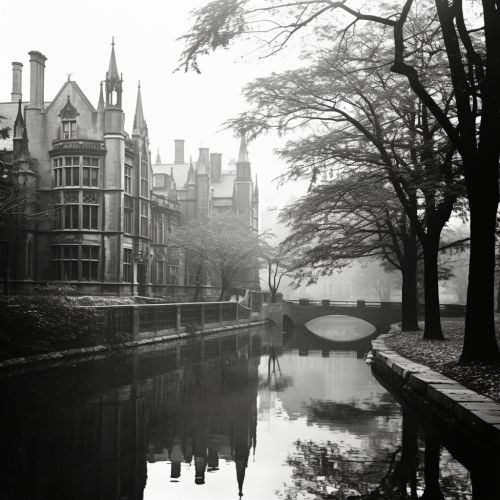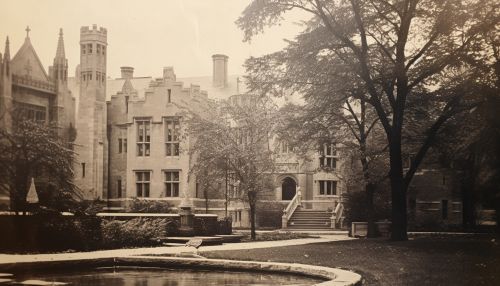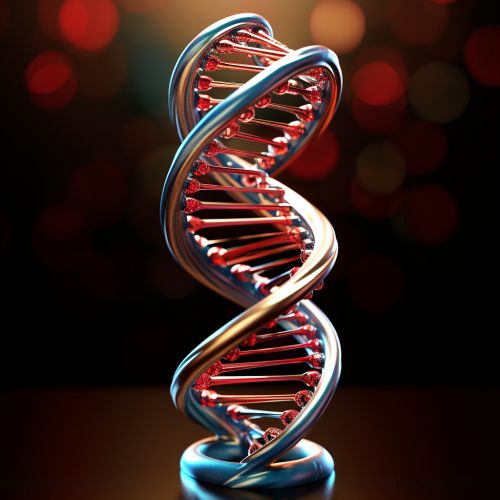James Watson
Early Life and Education
James Dewey Watson was born on April 6, 1928, in Chicago, Illinois, to Jean Mitchell and James D. Watson, a businessman descended from colonial English immigrants. A precocious student, Watson entered the University of Chicago when he was just 15, as part of an experimental program for gifted students. He received his Bachelor of Science degree in Zoology in 1947.


Watson then moved to Indiana University in Bloomington, where he began his graduate studies in Zoology. Under the guidance of eminent Italian microbiologist Salvador Luria, he started working on viruses infecting bacteria, known as bacteriophages. Watson was awarded his Ph.D. in Zoology in 1950.
Discovery of DNA Structure
In 1951, Watson moved to the Cavendish Laboratory at the University of Cambridge, where he met Francis Crick. The duo, despite working in different areas, shared a common interest in solving the structure of DNA. Their collaboration led to the proposal of the double helix model of DNA in 1953, a groundbreaking discovery that revolutionized the field of molecular biology.


Watson and Crick's model, based on X-ray diffraction data from Rosalind Franklin and Maurice Wilkins, suggested that DNA is made up of two strands that wind around each other in the form of a double helix. Each strand is a polymer of nucleotides, and the two strands are held together by hydrogen bonds between complementary bases. This structure suggested a possible mechanism for DNA replication, which was later confirmed by experiments.
Nobel Prize and Later Career
In 1962, Watson, Crick, and Wilkins were awarded the Nobel Prize in Physiology or Medicine for their discovery concerning the molecular structure of nucleic acids and its significance for information transfer in living material. Rosalind Franklin, whose work significantly contributed to the discovery, had passed away by this time and thus was not included in the award, as Nobel Prizes are not awarded posthumously.
After the Nobel Prize, Watson took up the position of Director at the Cold Spring Harbor Laboratory (CSHL) in New York. Under his leadership, CSHL became a world-leading research institution in molecular biology. Watson also served as the head of the Human Genome Project at the National Institutes of Health until 1992.
Controversies and Criticism
Watson's career has been marked by several controversies. He has been criticized for his views on race and intelligence, and for his treatment of Rosalind Franklin in his book "The Double Helix". In 2007, he was suspended from his administrative duties at CSHL following racially insensitive remarks, and he retired from the position in 2008.
Legacy
Despite the controversies, Watson's contribution to the field of molecular biology is undeniable. The discovery of the structure of DNA has paved the way for numerous advances in the field, from the understanding of genetic diseases to the development of biotechnology.


